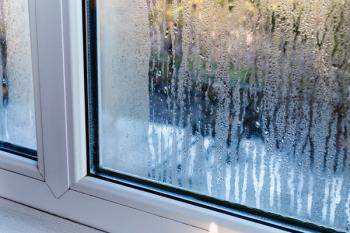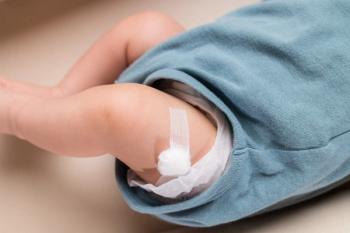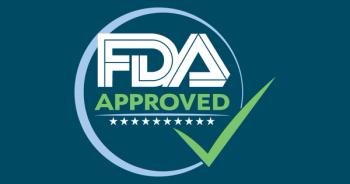Key takeaways:
- Roflumilast cream (Zoryve) improved itch and reduced sleep disruption in children aged 2 years and older with atopic dermatitis.
- “Sleep disruption is a persistent and often overlooked burden for young children and their families,” said Mercedes E. Gonzalez, MD.
- Long-term data showed lasting improvement and good tolerability over 56 weeks.
According to an announcement out of the Fall Clinical Dermatology Conference, roflumilast cream 0.15% and 0.05% (Zoryve; Arcutis Biotherapeutics) reduced sleep disruptions in patients with atopic dermatitis (AD) aged 2 years and older.1
The 0.15% formulation, approved to treat mild-to-moderate AD in patients aged 6 years and older, and the 0.05% formulation, approved for patients aged 2 to 5 years old, improved itch and reduced the negative impact of atopic dermatitis on sleep in these individuals. Data was through 4 weeks of treatment compared to vehicle, based on a trio of phase 3 trials:
- INTEGUMENT-1 (NCT04773587)/INTEGUMENT-2 (NCT04773600) aged ≥6 years; n = 884 treated with ZORYVE cream 0.15%; n = 453 treated with vehicle cream
- INTEGUMENT-PED aged 2–5 years; caregiver-applied; n = 436 treated with ZORYVE cream 0.05%; n = 215 treated with vehicle cream.
While specific data points related to sleep were not included in the announcement, Arcutis stated the creams "reduced the impact of atopic dermatitis on sleep loss/disturbance for study participants and families as compared to vehicle across multiple patient-reported outcome measurements.1 In addition, the reduced impact of atopic dermatitis on sleep for individuals with atopic dermatitis (and their family, in patients aged ≤17 years) was similar among the ≥6-year and 2–5-year-old age groups."
"Sleep disruption is a persistent and often overlooked but very real daily burden for those impacted by atopic dermatitis, including young children and their families,” said Mercedes E. Gonzalez, MD, medical director of Pediatric Skin Research, LLC, INTEGUMENT-PED clinical trial investigator, and lead author of the poster. “ZORYVE offers a safe, nonsteroidal, and targeted treatment option. In addition, these results highlight the clinically meaningful benefit of ZORYVE cream on reducing itch and improving sleep in young children with atopic dermatitis.”
New long-term data from the INTEGUMENT-OLE long-term extension study (NCT04804605) in patients 2 years and older showed that both formulations were well-tolerated, decreased signs and symptoms of atopic dermatitis, and maintained or increased improvements through up to 56 weeks of treatment.
These study participants previously completed INTEGUMENT-1/2.
Previous coverage of roflumilast for atopic dermatitis
Roflumilast cream 0.05%
The 0.05% formulation of roflumilast was approved by the FDA on October 6, 2025, for patients with AD aged 2 to 5 years. The approval was based on results from the phase 3 INTEGUMENT-PED trial, the INTEGUMENT-OLE long-term extension study, and a phase 1 pharmacokinetic study.2
In INTEGUMENT-PED, roflumilast achieved rapid disease clearance, with significant improvement seen as early as week 1. By week 4, 25.4% of children treated with roflumilast reached Validated Investigator Global Assessment for Atopic Dermatitis (vIGA-AD) success—defined as “clear” or “almost clear” skin with at least a 2-grade improvement from baseline—compared with 10.7% using vehicle (P < .0001).
Roflumilast also improved itch and overall disease severity, with 39.4% having achieved Eczema Area and Severity Index of 75% or greater improvement (EASI-75) at week 4 compared with 20% with vehicle, with over one-third of caregivers having reported a 4-point or greater reduction in itch scores (vs 18% with vehicle). Adverse events were mostly mild and included upper respiratory tract infection, diarrhea, vomiting, rhinitis, conjunctivitis, and headache.
Lawrence Eichenfield, MD; and Rocco Serrao, MD, react to roflumilast approval for pediatric atopic dermatitis









